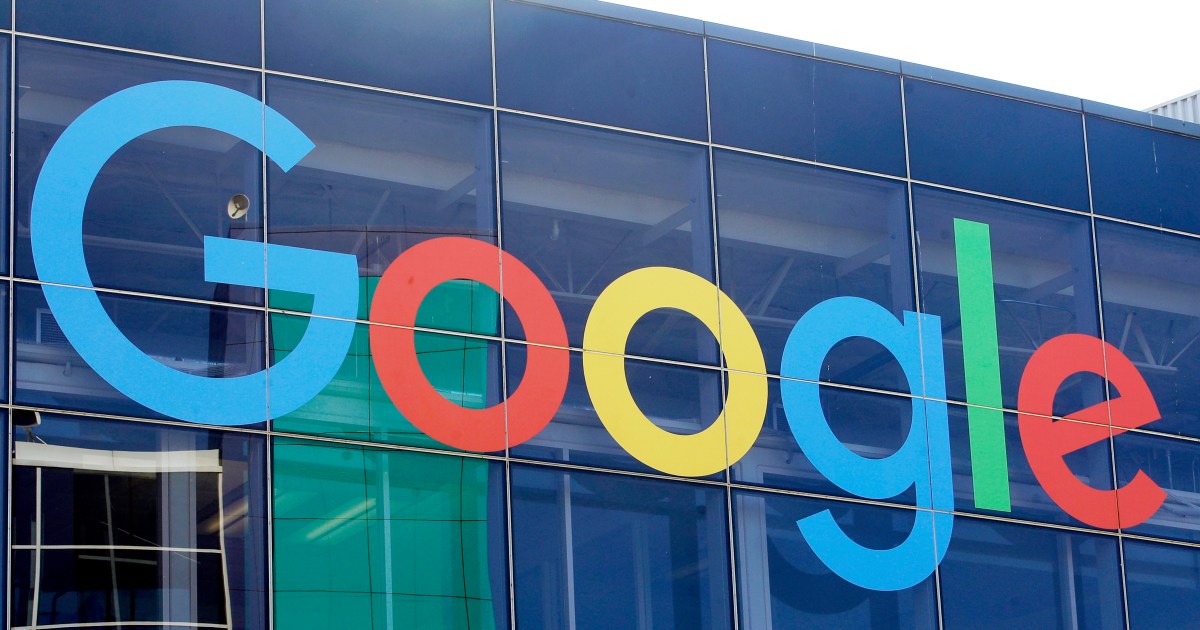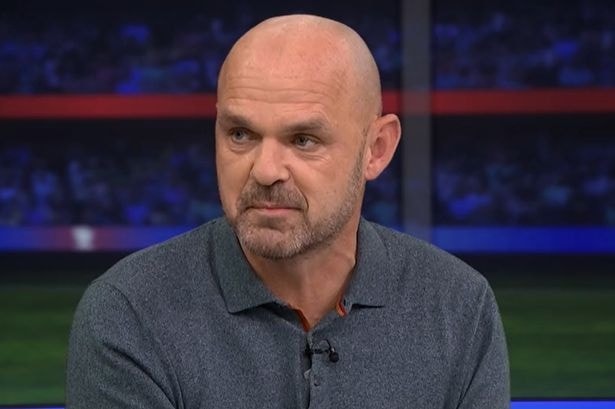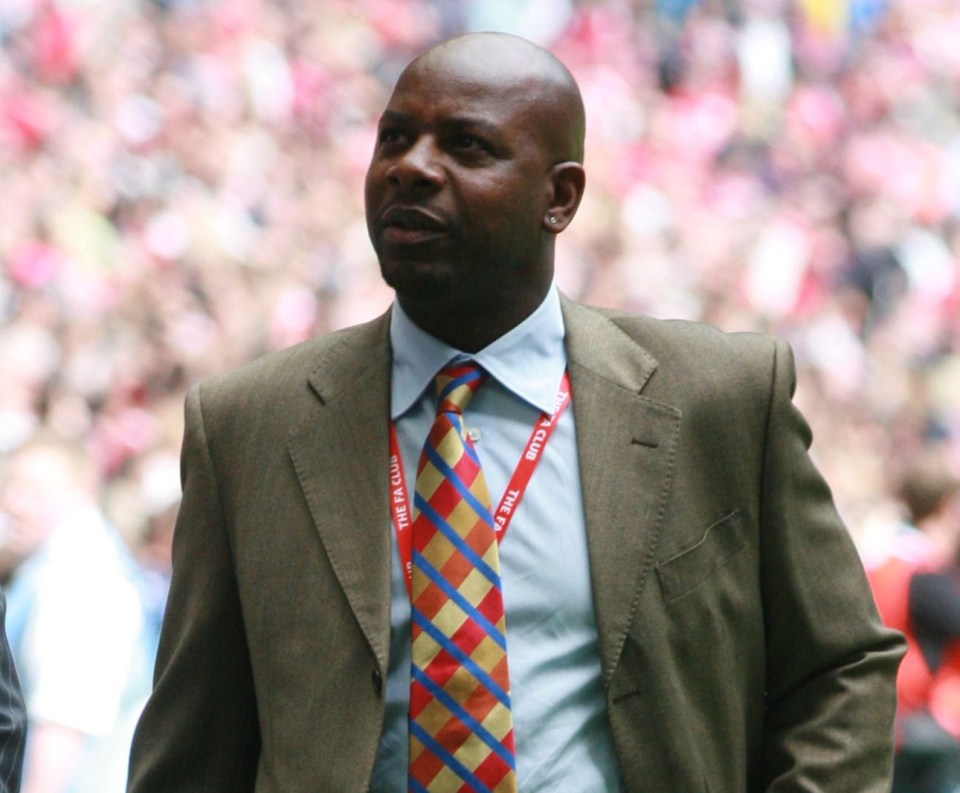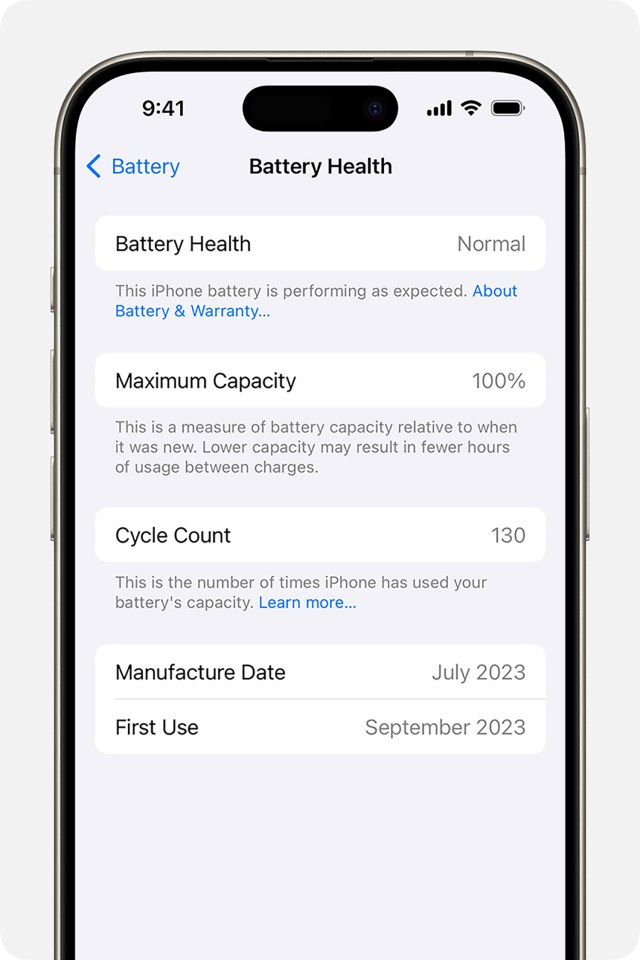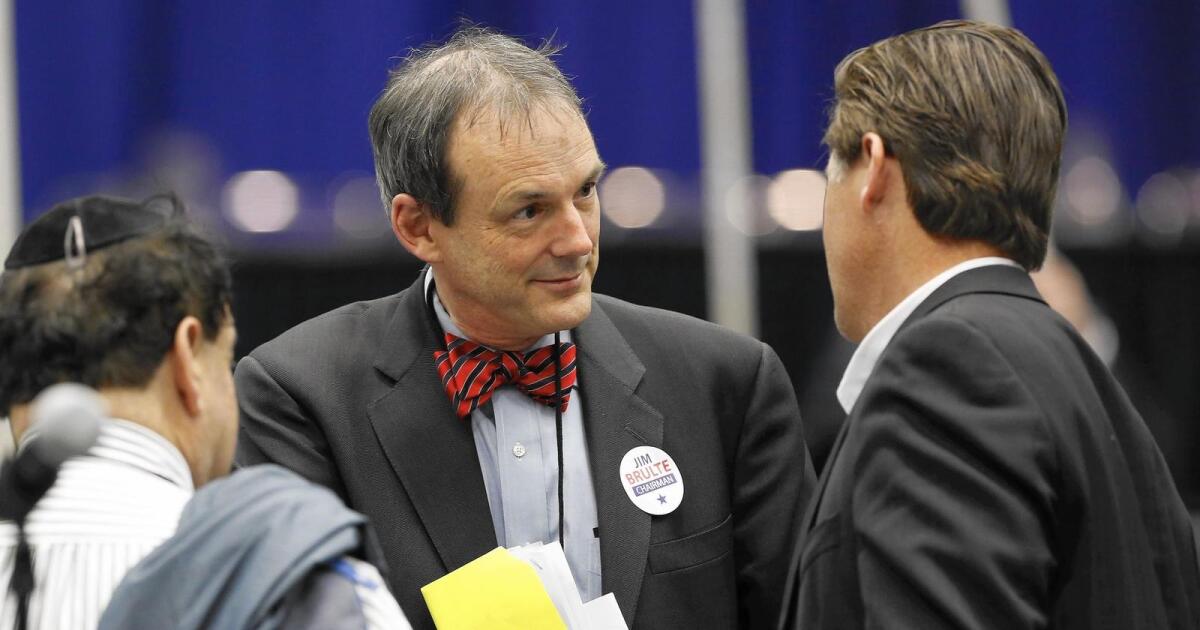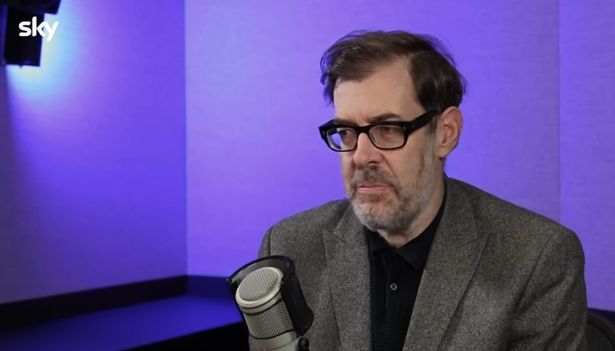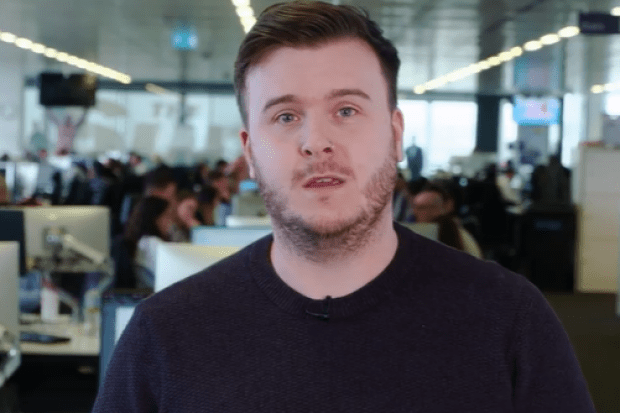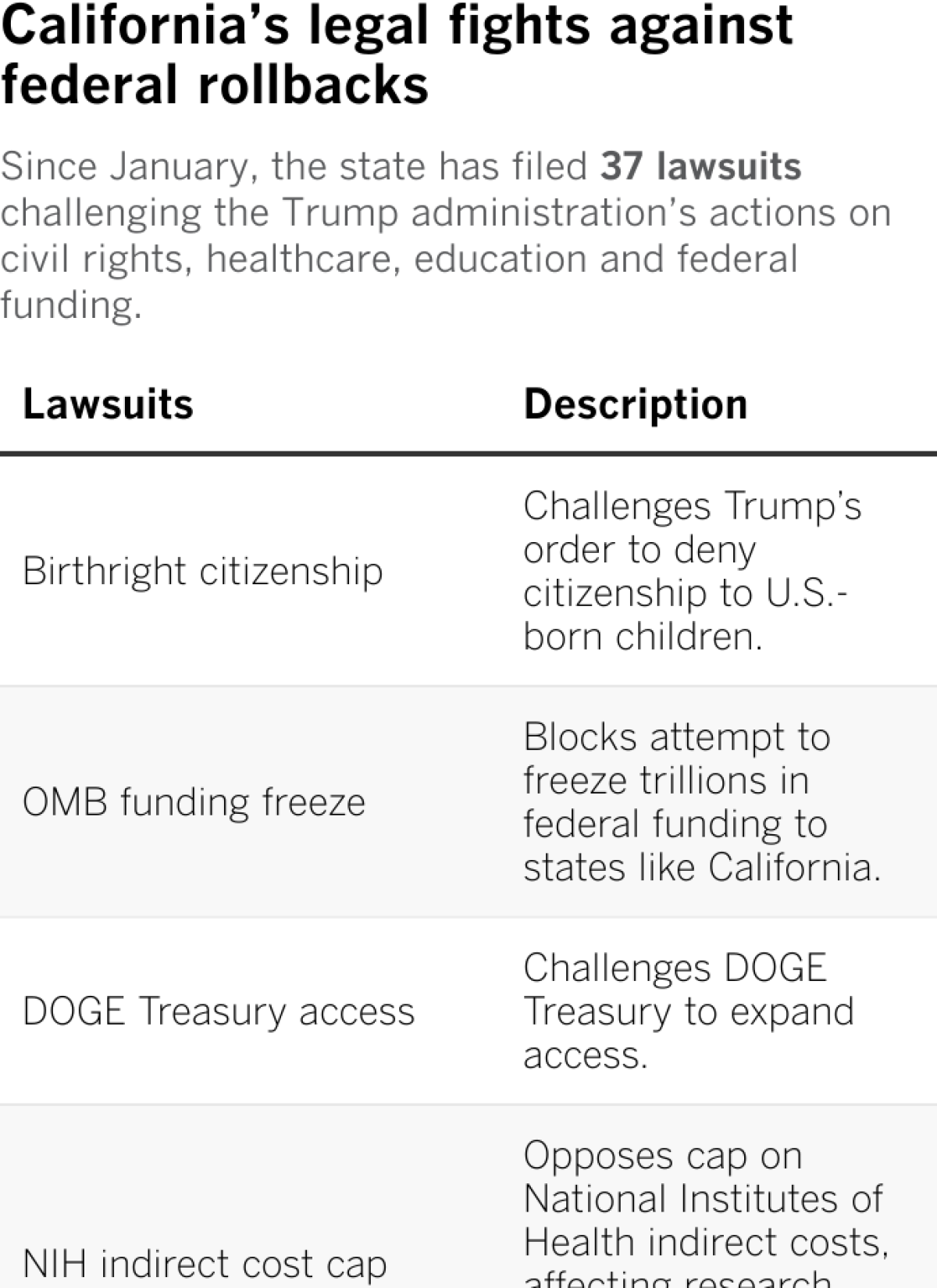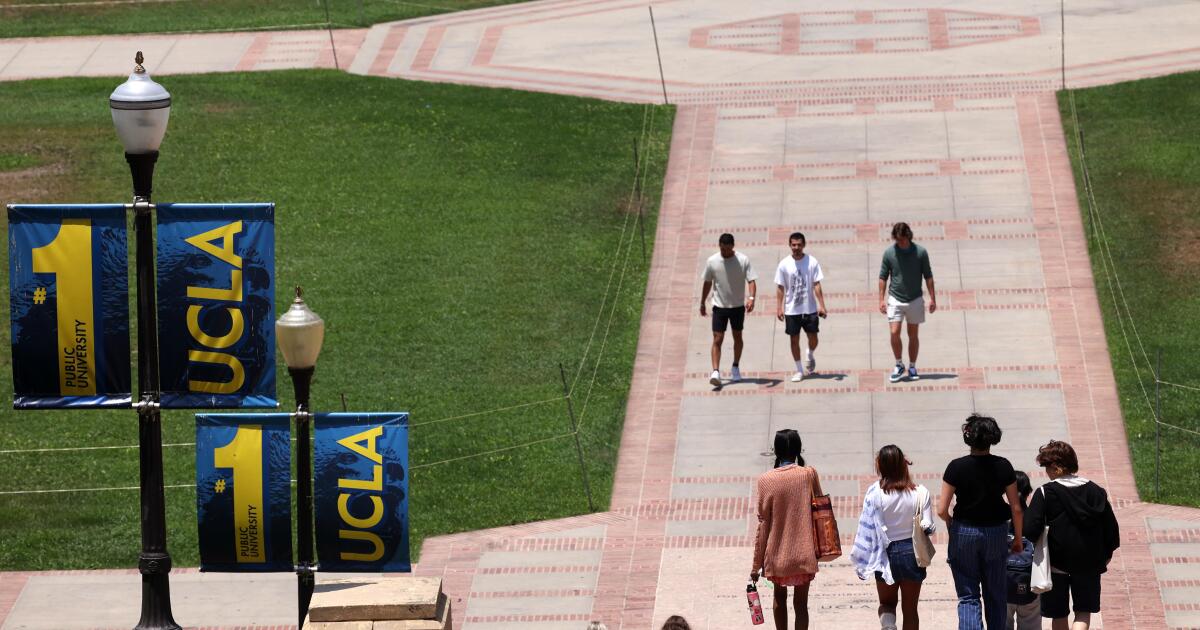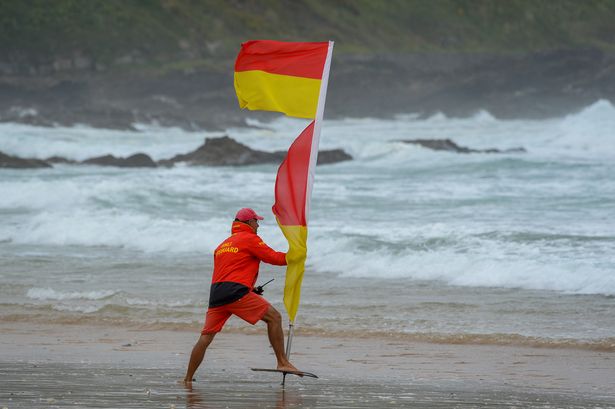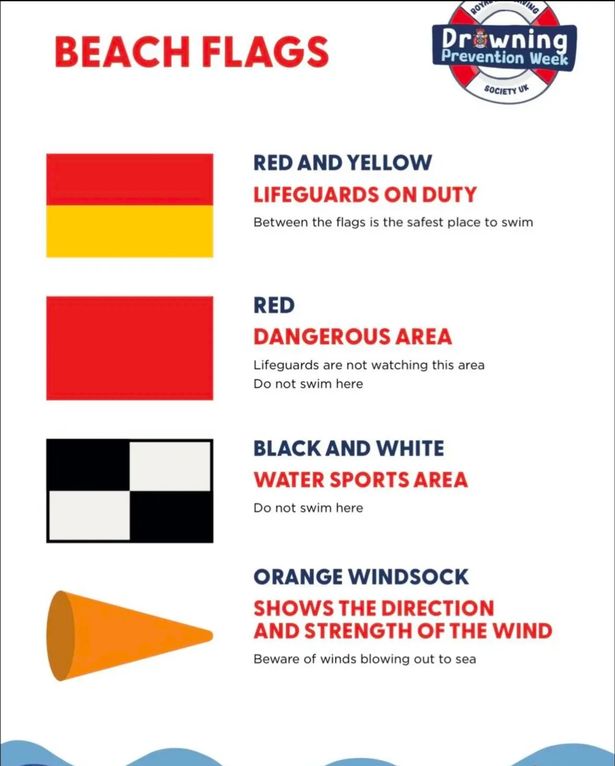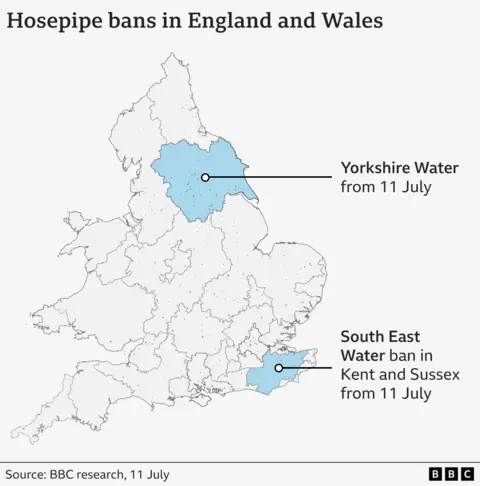Columnist Jessica Boulton brings you her brutally-honest and wry rundown of Showbiz’s latest shenanigans: from Ibiza Final Boss to MasterChef muppets, she’s not holding back
It’s a strange, strange world when I’m feeling sorry for a bunch of Love Island contestants. But in this social media age, it is sadly what it’s come to. For the poor lovelorn bedhoppers at the Mallorca villa have been putting in weeks of seriously hard graft – flashing their abs and parading around in thong bikinis – to get the one precious thing, (I suspect) their hearts truly desired. No, not love. Fame. Glorious, generous, glittering FAME.
But in the days after Monday’s final, the Islanders soon found themselves getting a cold hard lesson in the pitfalls of success: There’s always someone waiting in the wings – ready to cut short your 15 minutes….
For it wasn’t the winning Islanders “Breaking The Internet” this week. It wasn’t the winning Islanders batting off the biggest brand deals or most enticing DMs from Blue Tick TikTok. And it wasn’t the winning Islanders getting excitable TV companies all in a lather, begging for interviews. It was….a HAIRCUT.
Yes, the biggest celebrity getting buzz online this week wasn’t even a celeb when the week began. He was Jack Kay, a literal normal down-to-earth 26-year-old Jack-the-lad, from Newcastle on holiday in Ibiza.
One SEVEN-second viral video clip later, however…. And he’s now “Ibiza Final Boss” – the internet’s newest celebrity (aka Ibiza Bob), with 70,000 followers on Instagram, 30,000 on TikTok and hundreds of memes in his honour.
READ MORE: Ibiza Final Boss takes private jet to party island with mates who ‘all have same haircut’
He’s been offered free holidays, brand endorsement deals, flights on a £5million private jet, and a whole list of big-money nightclub appearances. He’s signed with Joey Essex’s agent and has landed his own tour and – according to media experts – he could be well-placed to launch his own merchandise range and even bag a possible spot on a reality show. All in all, it’s predicted he could rake in a whopping SIX figures by the end of the year.
It’s not bad for seven seconds of dodgy dancing, dodgier fashion sense and The Dodgiest Bowl Haircut (Not On A Lego Figure)TM.
For nowadays you don’t need to work summer seasons in Blackpool or win a talent show to become a star. You can become ‘famous’ just by making the right people laugh, at the right moment in time, as they absent-mindedly scroll through their phone while listening to podcasts. Yep, Fame has reached Peak Fickledom.
So, when the stars and algorithms do align to make you a viral hit, you need to make the most of it. And while Jack’s ‘success’ is all thanks to what is ON his head, it’s what’s inside it which will prove his biggest asset. For in 2025, turning your viral moment in the sun into a longer-term earner is all about savvy strategy, clear thinking and mindset:
(*Okay, okay, PhotoShop may have lent a hand). As for the rest of the week? Well, Celebland was throwing us all sorts of surprises…..
Monday mayhem
Be afraid, be very afraid! For the stars of an upcoming new theatre tour have been doing the press rounds this week. And from the sounds of it, there will be no one safe this Halloween and autumn. Indeed, it’s expected to have many a celeb not just quaking but SHAKING, QUAKING, QUIVERING, TREMBLING AND OUTRIGHT SHUDDERING in their boots.
No, it’s not a new take on Phantom of the Opera (albeit some may be haunted by what’s said). Nor is it Saw: The Musical (although that is a multi-million pound idea). It’s the terrifying new two-hander: An Evening With… Katie Price and Kerry Katona. The pair’s tell-all 33-date UK tour was feared to have been cancelled earlier in the summer due to… well, whatever Katie’s snoresome crisis-du-jour was at the time.
But the pair are back and have now been hitting the interview circuit to give fans a little taste of what to expect. Target one? “Snobby” Strictly – which they publicly dissed this week for having never asked them to take part. (One suspects they’ve now said “Foxtrot Oscar” to any future possibilities too).
Of course, we all know the real dirt will be saved for the show itself. Yet however juicy the eww -some twosome’s tete-a-tete promises to be, I can’t help but wonder if the panto frenemies could have come up with a slightly more, er… spicy format… A WWE-style grudge match with lookalikes of their many nemeses, perhaps? Imagine the commentator yelling to the roaring crowd: “Get Ready to say mi-OWWW! It’s our very own….. Nuclear Cheetah aka Kerry Katona! – from Atomic Kitten to a one-woman weapon of mass destruction…”
Or maybe… they could make it a dramatic retelling of Four Weddings And A Funeral, where Katie’s the bride each time and the funeral’s for her tragic lack of taste? Or finally, what about a musical? After all, KP’s been Defying Gravity for years (with the help of her plastic surgeon).
What a royal twit Tuesday
It’s not been a good week for Royal affairs – of any kind. But a new bombshell biography has cemented one unassailable truth: Young kids fed on fairy tales and Disney movies are far more likely to find themselves a talking warthog or a flying elephant than a real-life Prince Charming.
Yes, a new book by historian Andrew Lownie has claimed Prince Andrew allegedly strayed “more than a dozen” times before his first – yes, first – anniversary with Fergie. Clearly their wedding certificate was not worth the paper it was printed on.
Fergie did have a little something in common with Cinderella however. She was sporting some rather fetching slippers this week. They weren’t glass ones though – they were fluffy numbers emblazoned with the unofficial Royal motto “Never Complain, Never Explain”. It warms the heart, it really does.
Wok you gonna do? Wednesday
The BBC took a leap with its MasterChef dilemma by airing the first episode of the pre-recorded series on Wednesday. Surprisingly they went for primetime BBC1 instead of hiding it on iPlayer only. Presumably they figured they were in for a roasting whatever they did – so they might as well fill a hole in the schedule.
The real stars of the series are the editors who faced the unenviable task of trying to cut out as much of the under-fire Gregg Wallace and John Torode as possible – which from the looks of the results is a bit like trying to remove excess garlic from a pasta dish. You can’t. Everything’s already tainted.
What I don’t understand is why the Beeb didn’t go with my previous suggestion: just do some deep fake trickery. So what could they replace them with? Let’s see: Option 1: A literal toxic trigger warning; Option 2: Bradley Walsh and Rylan Clark (they’re on everything else anyway); Option 3 (and perhaps most apt): Statler and Waldorf. A couple of muppets… who are completely stuffed.
No relief for kangaroo testicles Thursday
Talking of show formats (see Monday), there was one news story this week that left me feeling a little… well, antsy . What was it? This: “ITV bosses are planning the next five years of I’m A Celebrity…” (really? another FIVE?); “With talks under way to film in the jungle until 2030….” (Wait, 2030 is only five years away??); “When it’ll reach its landmark 30th season”. (30 years? 30? 3-0?)
You mean to say we’ve been watching the same show with the same hosts, same sort of trials, same prize, same location, same set and same set of scandals just with different faces… for nearly 30 YEARS? They say doing the same thing over and over again and expecting a different outcome is the very definition of insanity. So either, we can all relate to Peter Andre’s infamous jungle-penned hit Insania – written while a campmate in 2004 – or we really don’t mind the deja vu.
So what can we expect over the next few years? Well, I have two predictions:
1. Princess and/or Junior Andre will follow in their parents’ footsteps, going back to the scene of the crime special place where the Katie and Peter’s “love” story first began.
2. Following the “success” of political hires Matt Hancock and Nigel Farage, bosses will make a “bigly” play for President Trump at the end of his term. (If he doesn’t rewrite the US Constitution, that is.) After all, there’s been quite a few (thousand) of his type involved in the show before. Fatima Whitbread even got one stuck up her nose… Much to the chagrin of her and the cockroach, I suspect.
Foolish Friday
It was a mixed day for Richard Osman. On the plus side, Netflix released the first trailer for the movie adaptation of his bestselling crime novel The Thursday Murder Club (starring Pierce Brosnan and Helen Mirren).
On the downside… Osman – who has produced a number of game shows including Pointless, Total Wipeout, Prize Island, and my absolute FAVOURITE Only Connect – inexplicably decided to tell podcast listeners that quiz shows often use “an algorithm” to stop contestants winning too much money.
It’s obvious to be fair, and while not quite a Gerald Ratner-level own goal, it wasn’t terribly clever. I wouldn’t want to overtly criticise him in a family newspaper, so here’s my verdict – in the style of Only Connect’s Missing Vowels Round. Enjoy! WH TTT LPLNK R*
Picture of the Week
Being a 30-something in today’s world must be tough. There you are, juggling career, love life, social life and saving for an inexplicably-expensive “micro-loft” – and somehow you also have to make time for what’s really important: taking impossibly perfect pics for the ‘Gram.
But it looks like a certain 35-year-old Oscar-winner has got this careful balancing act all figured out. For, Avengers star Brie Larson posted THIS video on Instagram this week.
And while she might be steady as a rock, I – as Gen Z would say – “am shook” . In fact I’m more impressed by this feat than by any of her big screen Captain Marvel antics.
Brie, who is promoting her new tome, Party People, accompanied this video with a quip: “My social media manager said this will sell 1,000 books. So here I am.” The book in question is a “cookbook for creative celebrations” with “endless ideas for weird and wacky parties” – which goes some way to explaining this impressive-yet-leftfield marketing campaign.
Personally, I’m most amazed by her superhuman pain threshold. For, anyone who has experienced the inherent cruelty of the modern-day torture device known as a stiletto heel, will appreciate that this is not just a demonstration of core strength, stability and precision… but of sheer, sheer, sheer ENDURANCE.
So how did she do it? The way I see it, there’s only one explanation: she’s in the wrong franchise… the girl’s a Wonder Woman for sure.
What do you think? Have you seen some funny celeb moments this week? Let me know in comment or on X/Instagram via @JessicaBoulton
*Answer To Missing Vowels Round: “What a plonker”
Grab the Roku Express stick for £5

Thanks to TopCashback, shoppers can get the Roku Express stick for £5 for new TopCashback members.
